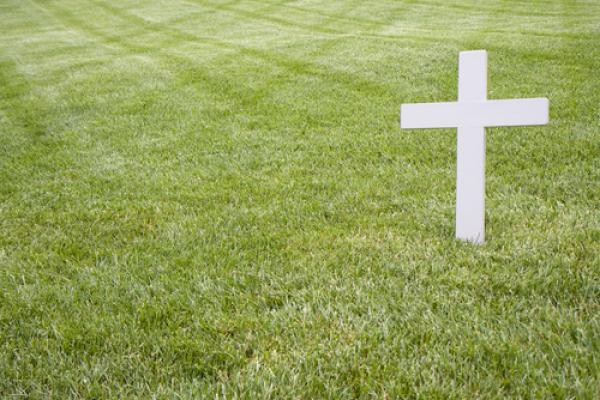For over half a century, Gallup has been asking Americans whether they think the influence of religion is increasing or decreasing in the U.S., posing the intriguing question of what the results actually signify.
For starters, it’s worth bearing in mind that Western civilization is grounded in the belief that once upon a time, God was in his heaven and people went to church regularly. So at any given time, more Americans are likely to think the influence of religion is in decline than the other way around.
That said, what accounts for the rather striking ups and downs in the chart? In its latest release, Gallup emphasizes that these do not reflect changes in personal religiosity — and I’m inclined to agree, up to a point. Here’s the story I’d tell about the people’s perception of religion’s influence.
The decline from 1958 through 1972 has to do with the perceived changes in cultural norms associated with “the Sixties.” Call it the “sex, drugs and rock ‘n’ roll” effect. The 1970s suggested push-back, or at least a range of religious responses to the changes, from New Age communalism to increased activity of evangelicals in the public square. The election of Southern Baptist Jimmy Carter in 1976 — what Time called the Year of the Evangelical — pumped up the popular sense that the influence of religion was on the rise.
The Carter presidency did not in fact provide much evidence of that influence, but the presidency of Ronald Reagan proved to be a different story, with a plurality of Americans coming to believe that religion was becoming more influential for the first time since the early sixties. It was then the morning of the national religious right. The opposite movement characterized George H.W. Bush’s years in the White House — a time when the culture wars were somewhat in abeyance. They returned with full force with the election of Bill Clinton, and once again religion seemed more influential, at least until the Lewinsky Impeachment Fiasco appeared to prove otherwise.
It took George W. Bush’s first term to send the perception of religion’s influence through the roof. Bush’s faith-based initiative may not have amounted to much as public policy, but as atmospherics it was hard to beat. Evangelicals, on the march for a quarter century, finally felt they had a president they could call their own.
Obama, not so much. Over the past five years, the biggest national religion story has been the Rise of the Nones — the dramatic increase in the number of Americans who say they have no religion. Of course, as the American Religious Identification Survey has shown, most of that rise occurred in the 1990s, when Americans thought that religion was becoming more influential. But no one was reporting on it at the time. And what Gallup is showing in its “influence of religion” surveys are the pictures in peoples’ heads — creatures of media representation more than of sociological reality.
Mark Silk is Professor of Religion in Public Life at Trinity College and director of the college's Leonard E. Greenberg Center for the Study of Religion in Public Life. Via RNS.
Got something to say about what you're reading? We value your feedback!
